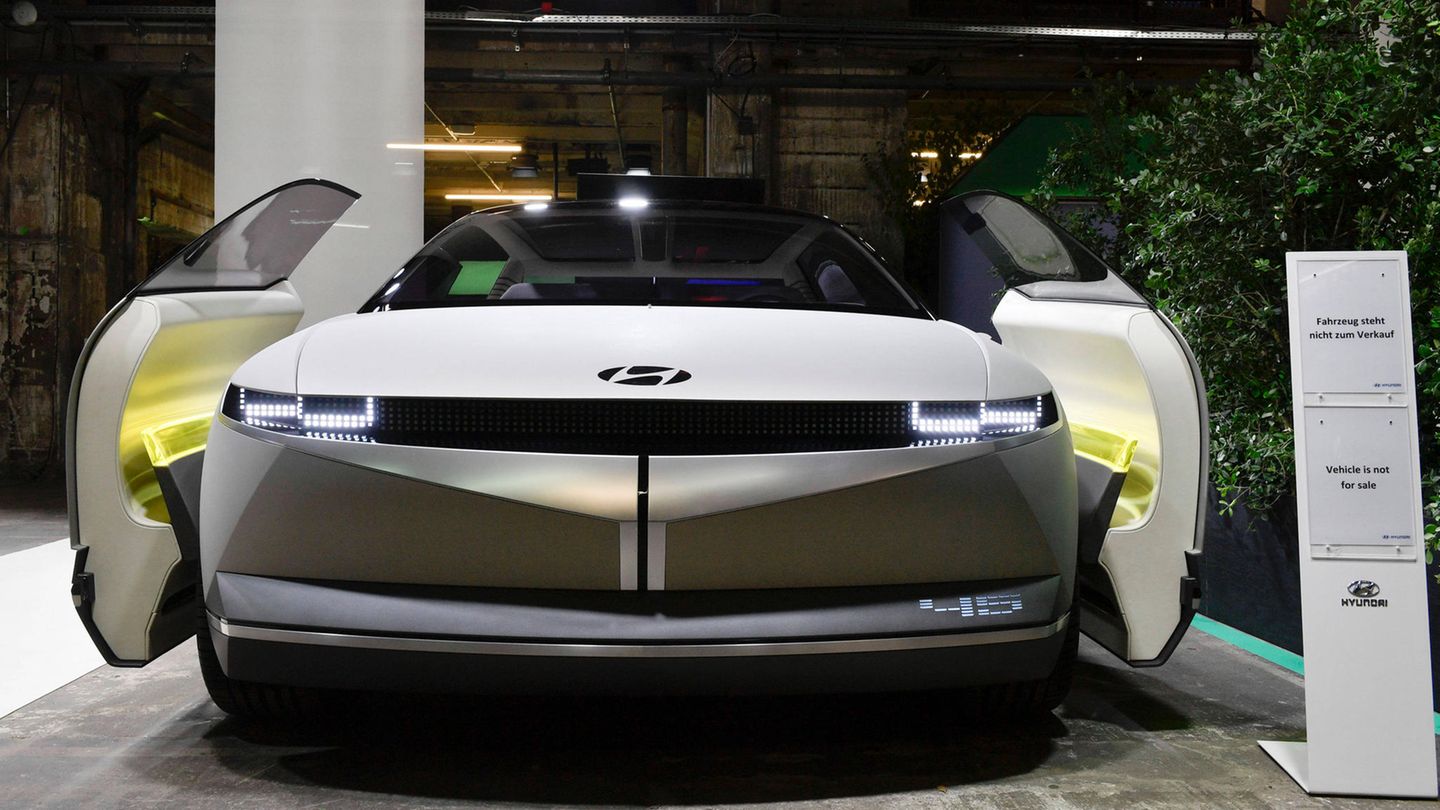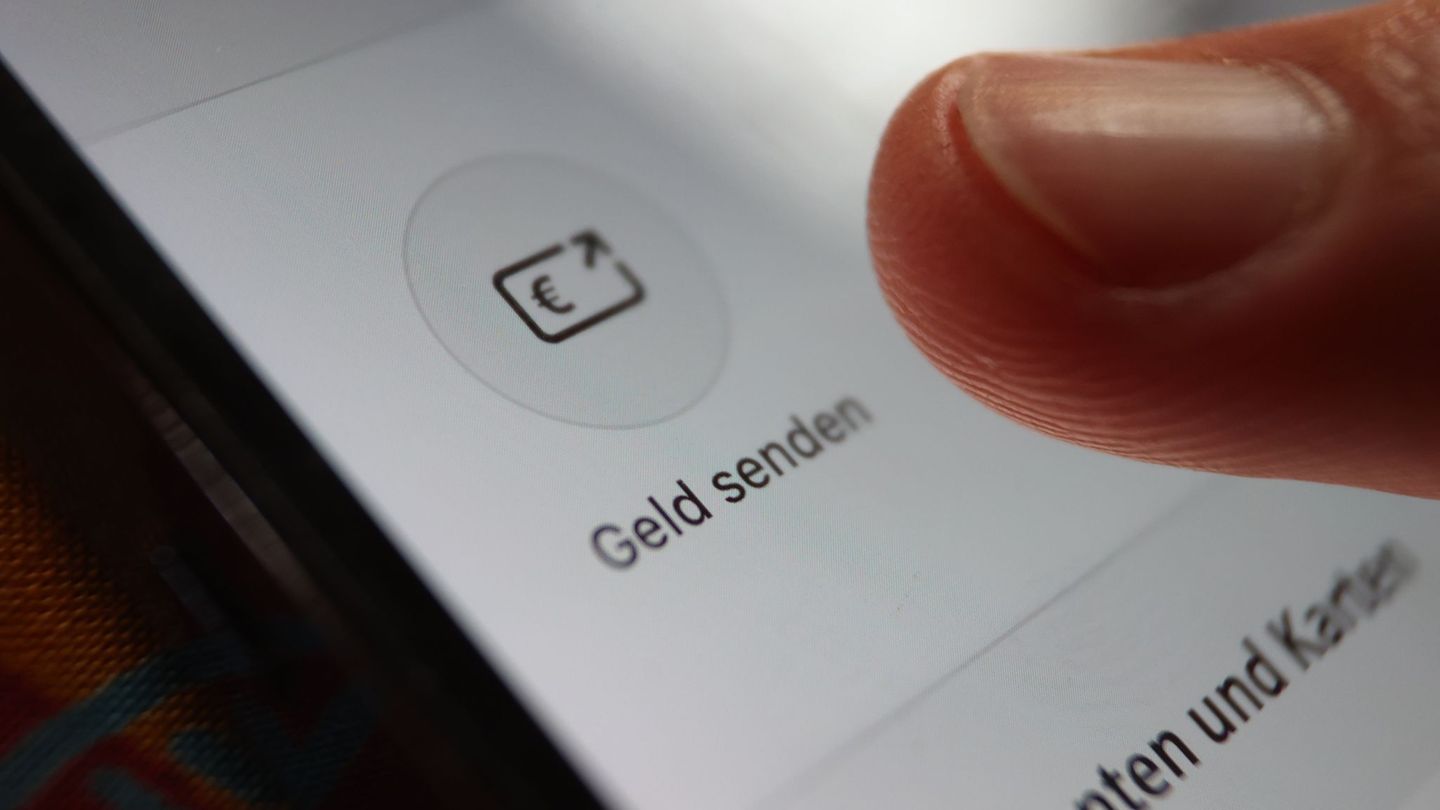Hyundai goes on the attack. New electric cars that are better than the competition, autonomous robotic taxis and fast delivery times – this is how the Korean carmaker wants to become an electric car superpower. Target: Tesla.
Tesla has shown the way, Hyundai plans to do the same: The carmaker wants to shake up the electric car market in the coming years. At the end of the year, the Ioniq 6 should come onto the market, from which Hyundai has high hopes. “He’ll really cause a sensation,” says Hyundai’s Germany boss, Jürgen Keller, to the “EFahrer” portal. The sedan corresponds to the size of the Tesla Model 3 and is rumored to undercut the extremely streamlined competition from Tesla and Mercedes. The vehicle should thus tie in with the low power consumption of the original Ioniq.
The van, Staria, which was previously only available with a combustion engine, is rumored to be coming onto the market with electric and hydrogen drives.
In addition, the Koreans, together with the taxi start-up Lyft, are planning to import autonomous robotic taxis based on the Ioniq 5 electric sedan. This should take place in 2023. Thanks to their more than 30 sensors, the vehicles should be able to do without a driver. The award of “German Car of the Year” last year speaks for the Hyundai model.
A year later, the Ioniq 7 will appear, which will then compete with the Tesla Model S and the BMW iX. Little is known about the electric SUV so far, but like the Ioniq 5 it should have an 800-volt system and achieve a charging capacity of up to 350 kW. The battery capacity will probably be 100 kWh and the range will be at least 500 kilometers. In addition, the new model with all-wheel drive should go on sale.
Largest non-European car brand in Germany
Hyundai’s strategy is already bearing fruit. The company increased its registration figures in Germany by 1.5 percent to almost 107,000 vehicles last year and thus bucked the negative market trend. Market share increased by 0.5 points – a record 4.1 percent. The Korean carmaker was thus the largest non-European brand. Together with the sister brand Kia, it achieved almost 66,000 new registrations and ended up in fifth place in the registration statistics of the Federal Motor Transport Authority. According to the company, two thirds of all Hyundai vehicles had an alternative drive. This is an increase of 120 percent compared to the previous year.
The proportion of cars sold with alternative drives is significantly higher than that of other car manufacturers. 66 percent of the Hyundai vehicles sold in Germany have a hybrid, electric or hydrogen drive. For comparison: The competition comes to just over 40 percent. This also includes mild and full hybrids, in which an internal combustion engine is used in addition to an electric drive, so that the vehicles mostly run on petrol.
Keller explains: “We simply build a lot more vehicle parts ourselves than the competition.” That’s why Hyundai was able to deliver better and faster. A standard Ioniq 5 will be with the customer in four months, and particularly common equipment is immediately available from the dealers. The delivery of vehicles with special full equipment, on the other hand, takes up to eleven months.
Hyundai is aiming for a dozen new electric models
Keller’s statements over the past few days show that Hyundai would like to advance further into the German car market. The Hyundai boss called for a quick political decision to further promote electric cars. “Uncertainty is the worst thing for the market,” he said in Frankfurt in relation to the subsidy premiums of up to 9,000 euros set by the federal government only until the end of the year. In his view, the bonuses are still necessary to make electromobility a success. And: “I hope the politicians are not too naïve.”
Hyundai plans to launch a total of twelve new electric models by 2025. In total, there should be 670,000 vehicles, 110,000 of them with hydrogen drive. The Koreans are aiming for a ten percent share of the world market for electric vehicles. “Our aim is to become the supplier of alternative drive systems among car importers,” says Kellermann. Hyundai’s vehicle range should ultimately be completely climate-neutral by 2045.
Sources: , with DPA material
Source: Stern
I am a 24-year-old writer and journalist who has been working in the news industry for the past two years. I write primarily about market news, so if you’re looking for insights into what’s going on in the stock market or economic indicators, you’ve come to the right place. I also dabble in writing articles on lifestyle trends and pop culture news.




